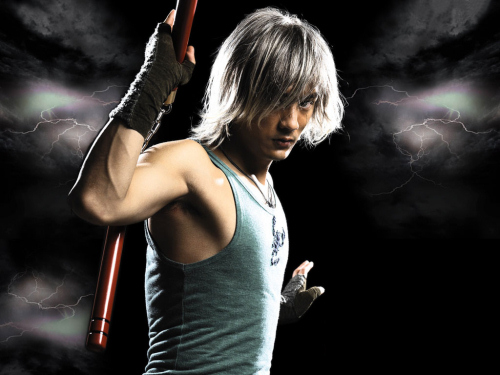 Nunchaku is a soft weapon, which involves pros and cons. Its physical behavior is fairly complex and many questions have to be answered.
On this page, we answer the frequently asked questions concerning the physical behavior of the Nunchaku:
What force is generated by a Nunchaku ?
Can a Nunchaku break bones ?
Can a Nunchaku kill with a single blow ?
How does a Nunchaku react during a strike ?
Click on one of the questions to access directly the desired subject, you can also follow the article in the order.
Nunchaku is a soft weapon, which involves pros and cons. Its physical behavior is fairly complex and many questions have to be answered.
On this page, we answer the frequently asked questions concerning the physical behavior of the Nunchaku:
What force is generated by a Nunchaku ?
Can a Nunchaku break bones ?
Can a Nunchaku kill with a single blow ?
How does a Nunchaku react during a strike ?
Click on one of the questions to access directly the desired subject, you can also follow the article in the order.
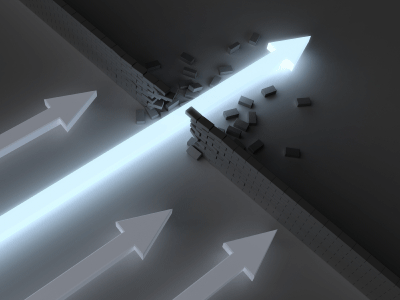 All Nunchaku techniques are based on the weapon’s softness. When we hit with the Nunchaku, three forces sum up:
All Nunchaku techniques are based on the weapon’s softness. When we hit with the Nunchaku, three forces sum up:

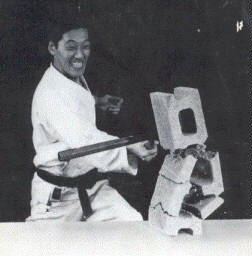
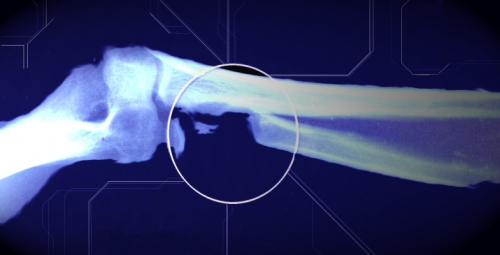 Bones are made of a multitude of fibers, placed in a parallel manner across the bone’s length. Its composition gives the bone anisotropic properties:
Bones are made of a multitude of fibers, placed in a parallel manner across the bone’s length. Its composition gives the bone anisotropic properties:
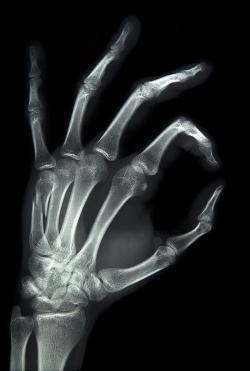
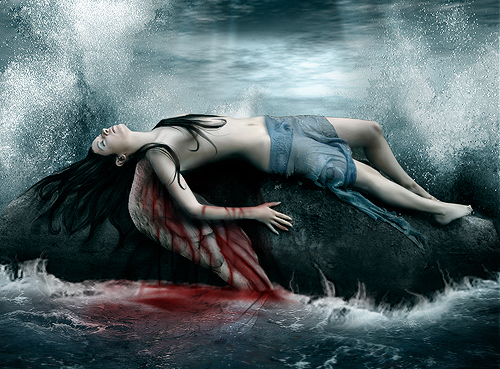 With a Nunchaku, it is theoretically possible to hit whichever part of the body, however very few of them are likely to cause death. Indeed, a hit in most of the zones under the neck will not lead to death, but rather to big bruises or broken bones.
Above the neck, it's possible to hit weak points and cause severe damages, and eventually death. Here are some weak points located above the neck:
- Temples: those are the skull’s most fragile zones, that’s also here that goes the maxillary nerve. A violent shock on these zones can fracture the skull, the brain is then directly hit, and death is quick to come. The maxillary nerve can also induce a K.O. if the shock is violently.
With a Nunchaku, it is theoretically possible to hit whichever part of the body, however very few of them are likely to cause death. Indeed, a hit in most of the zones under the neck will not lead to death, but rather to big bruises or broken bones.
Above the neck, it's possible to hit weak points and cause severe damages, and eventually death. Here are some weak points located above the neck:
- Temples: those are the skull’s most fragile zones, that’s also here that goes the maxillary nerve. A violent shock on these zones can fracture the skull, the brain is then directly hit, and death is quick to come. The maxillary nerve can also induce a K.O. if the shock is violently.
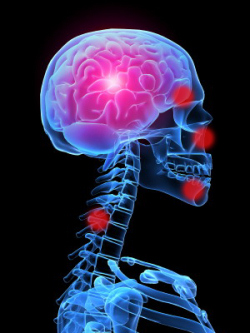
 The softness of the Nunchaku is a huge advantage in terms of striking force and speed. It's also a big inconvenient concerning the weapon’s control, which becomes difficult in some situations.
Generalizing, there are 3 types of strikes: a hit with the edge of the branch, a hit with the middle of the branch, and a hit with the part of the branch near to the rope.
The latter strike is, in general, totally useless: all the force will be absorbed by the rope. A such strike causes only little damage and stop the Nunchaku, forcing the artist to re-generate momentum for another strike or taking a guard position. This kind of strike is considered as a missed strike: not only it cause no damages, but also it makes the artist vulnerable during a short time.
The strike with the edge of the branch is often called whip strike. With a such strike, the movement of the free branch is only a little altered by the shock: during the impact, the Nunchaku will slightly bend, and continue its way normally, as if there had been no obstacle. Here, there is no energy loss and the damage is maximized.
The last type of attack, with the middle of the branch, is the most common. The two following pictures show how the free branch of a Nunchaku react in a such attack, the target is the shoulder of a dummy:
The softness of the Nunchaku is a huge advantage in terms of striking force and speed. It's also a big inconvenient concerning the weapon’s control, which becomes difficult in some situations.
Generalizing, there are 3 types of strikes: a hit with the edge of the branch, a hit with the middle of the branch, and a hit with the part of the branch near to the rope.
The latter strike is, in general, totally useless: all the force will be absorbed by the rope. A such strike causes only little damage and stop the Nunchaku, forcing the artist to re-generate momentum for another strike or taking a guard position. This kind of strike is considered as a missed strike: not only it cause no damages, but also it makes the artist vulnerable during a short time.
The strike with the edge of the branch is often called whip strike. With a such strike, the movement of the free branch is only a little altered by the shock: during the impact, the Nunchaku will slightly bend, and continue its way normally, as if there had been no obstacle. Here, there is no energy loss and the damage is maximized.
The last type of attack, with the middle of the branch, is the most common. The two following pictures show how the free branch of a Nunchaku react in a such attack, the target is the shoulder of a dummy:
 As we can see from this picture, the trajectory of the free branch after impact changes, and goes back towards the user. He will have to do something in order if he doesn't want his weapon to turn back on him.
During this move, the Nunchaku actually bounces off the target, a part of the energy is then transferred back to the free branch during the bounce, but such a strike remains nevertheless very powerful.
As we can see from this picture, the trajectory of the free branch after impact changes, and goes back towards the user. He will have to do something in order if he doesn't want his weapon to turn back on him.
During this move, the Nunchaku actually bounces off the target, a part of the energy is then transferred back to the free branch during the bounce, but such a strike remains nevertheless very powerful.
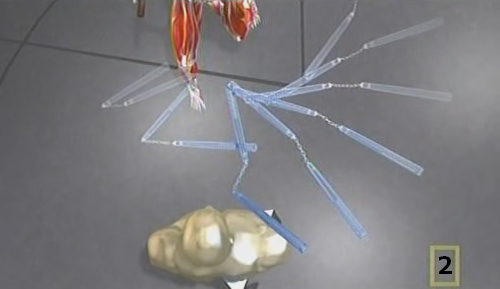 This second picture, as far as it is concerned, show the relative position of both Nunchaku branches: they tend to get closer from one to another after impact. Continue a move in these conditions can be very difficult.
It's because of this behavior than without proper training, the Nunchaku is as dangerous for the user as for the opponent. To be a good fighter with this weapon, you need to know how to handle the movement of the Nunchaku after impact. Martial arts using Nunchaku have therefore developed many techniques to counterbalance this lack of control after impact.
This second picture, as far as it is concerned, show the relative position of both Nunchaku branches: they tend to get closer from one to another after impact. Continue a move in these conditions can be very difficult.
It's because of this behavior than without proper training, the Nunchaku is as dangerous for the user as for the opponent. To be a good fighter with this weapon, you need to know how to handle the movement of the Nunchaku after impact. Martial arts using Nunchaku have therefore developed many techniques to counterbalance this lack of control after impact. 